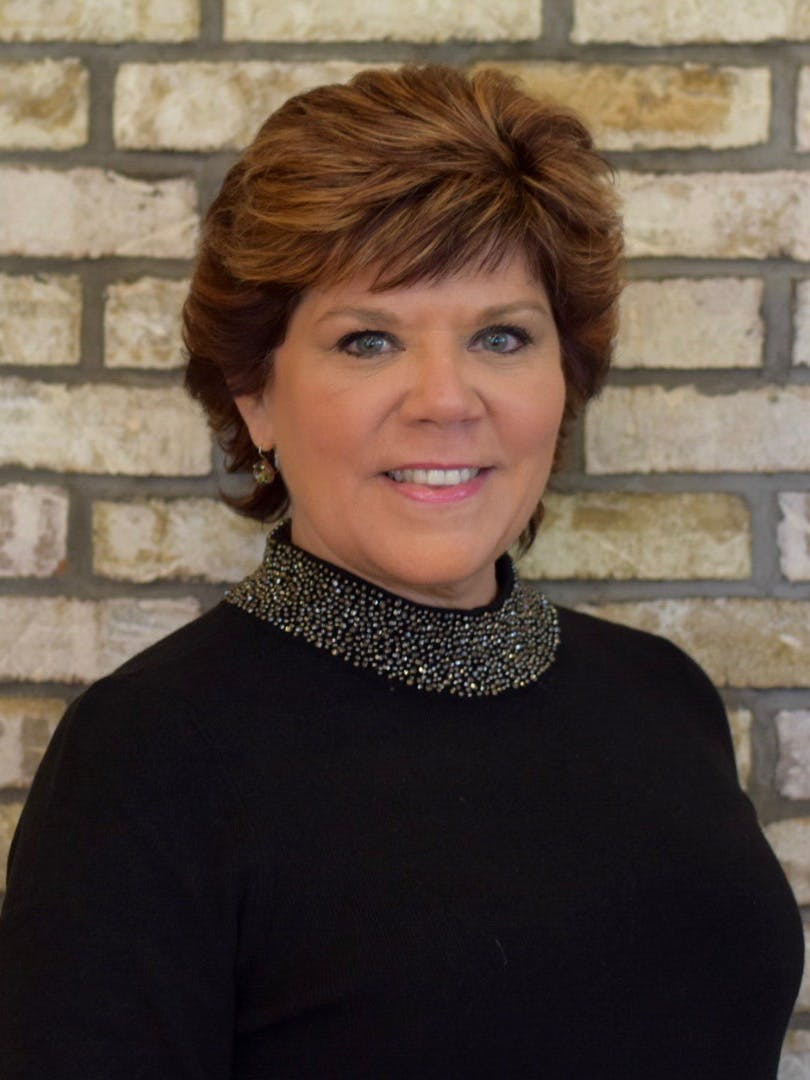When it comes to lipstick, I’ll admit it: I am slightly obsessed, and have been for my entire life. Proof can be found on a coaster my sister gave me a couple of years ago, embellished with one of my fondest inspirational quotes on the subject—from Elizabeth Taylor, highlighting the power of the tube: “Put on some lipstick and pull yourself together.”

While my love of lipstick will never be denied, these COVID-altered times find me kissing my lipstick goodbye in favor of clear lip balms and bolder eye makeup to replace my go-to shades and brighten up my “above the mask” appeal.
It appears I am not alone in reconciling my beauty routine with the “mask factor,” which has had a profound impact on Americans’ makeup expenditures in the past five months: Lipstick sales have plummeted while sales of bolder-hued eye shadows, liners, mascara and false lashes have spiked. The dramatic decline in the use and purchases of lipstick is also challenging “the lipstick index”—a phrase coined in 2001 by Leonard Lauder, chairman emeritus of Estée Lauder, to describe the rise in lipstick sales as an affordable luxury during periods of economic turmoil.
A recent shopper study by cosmetics marketing research firm Poshly found that 86% of 1,000 beauty consumers reported wearing lipstick pre-pandemic, compared to the present 45% of lipstick wearers. That equates to a 40-point drop, something Poshly CEO Doreen Bloch told the Chicago Sun-Times “has never happened before.”
“Lipstick is out for now,” declared Bloch, whose sentiments are further reinforced by recent beauty category insights from NPD Group, which linked tanking lipstick sales with the overall 25% sales decline of all beauty products in the past six months compared with the same time frame last year. Further, as NPD beauty adviser Larissa Jensen told Vox, 71% of women are now wearing “makeup less often due to COVID-19 lifestyle changes.”
While it’s highly logical that lipstick is hardly practical in the current environment, some retailers are taking advantage of the surge in eye-makeup mania, which is getting an assist with instructional videos for mask-friendly eye makeup techniques on YouTube and TikTok—with the latter garnering more than 53 million views from #MaskMakeup tagged clips.
Zooming In On the Eyes
In a recent interview with RangeMe’s parent company, ECRM, Brandy Alexander, senior buyer for health and beauty at 99 Cents Only Stores—which has more than 350 locations across four states—discussed how the pandemic has changed the way consumers shop the retailer’s stores across the categories she oversees.
When asked about the beauty side of the business, Alexander affirmed that lipstick’s fate is temporarily sealed as a non-necessity: “Since people are now wearing masks, you can’t see their lips, so they’re spending less on lip products, but they’re focused more on their eyes. We’re selling a lot of lashes, a lot of eyeliner, a lot of mascara because they want to focus on what you can see.”
And though there was a definite decline initially with self-care and beauty products, things have started leveling off. “I think that now that people are again adjusting to that new normal, we’ve seen an uptake in their skin routines and the spa-type products,” Alexander said. “We’re doing a crazy amount of business in facial masks because those are just disposable, so some people will pick up five or six and then just use them every single day for the rest of their week.”
The shift came as something of a surprise to Alexander, who said out of all the categories she manages, she assumed “cosmetics would take the biggest hit.” But as virtual Zoom meetings took hold among more home-based professionals, the platform’s pervasiveness has elevated the importance of camera-ready appearances to a new realm.
“A lot of people still wear makeup,” said Alexander, who noticed many vendors wearing makeup while participating in a recent ECRM virtual session.
Alexander’s observations of her recent experiences with cosmetics and facial products certainly make a strong case for food retailers to cease paying lip service to the categories by adding more impactful displays, and in turn be positioned to play a more robust role in the regular routines of beauty and wellness consumers. By harnessing one of the most advantageous offshoots of the pandemic lockdowns—when grocery stores were among the only game in town for cosmetic-seeking consumers—supermarket retailers have never had a better opportunity than the present to shine and sparkle on the retail beauty landscape.
*Editor’s Note: ECRM’s full interview with Brandy Alexander, senior buyer for health and beauty at 99 Cents Only Stores, can be found here.

